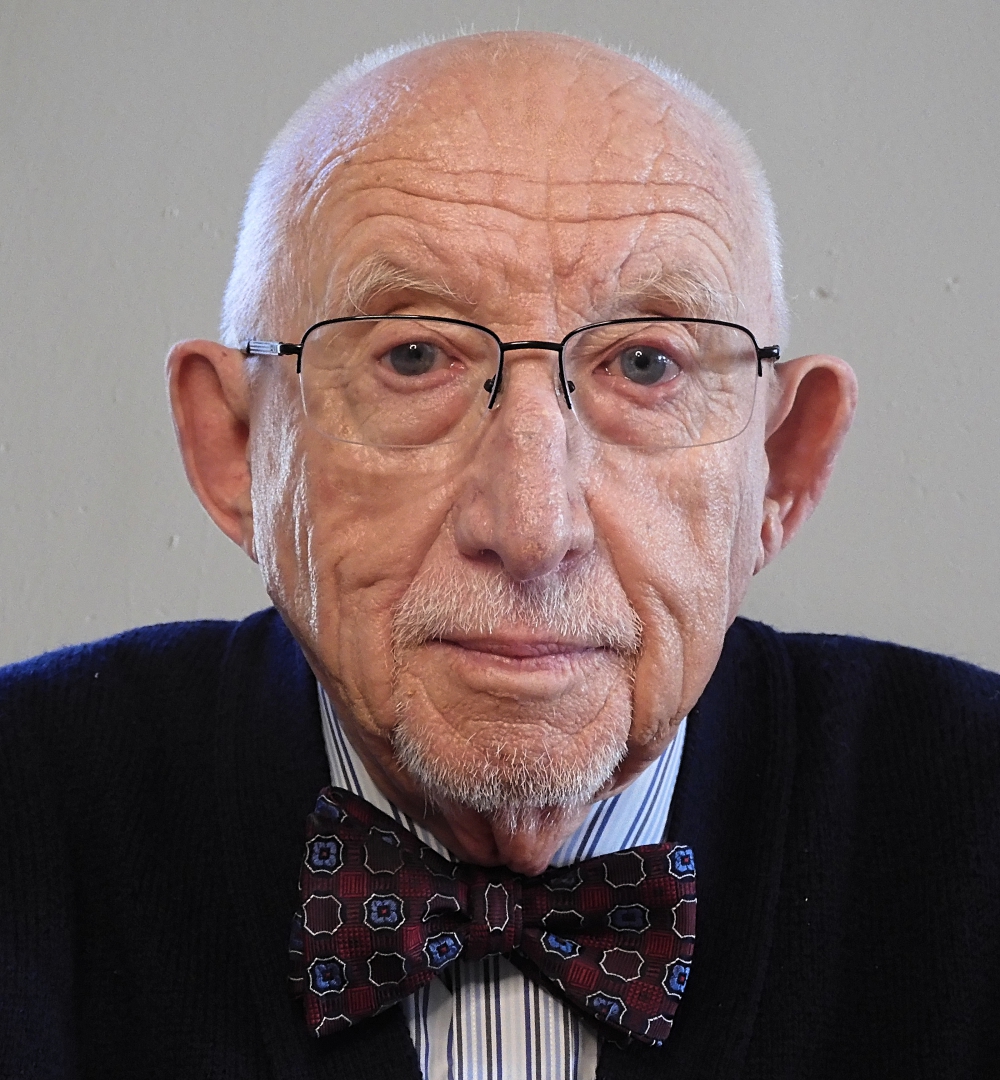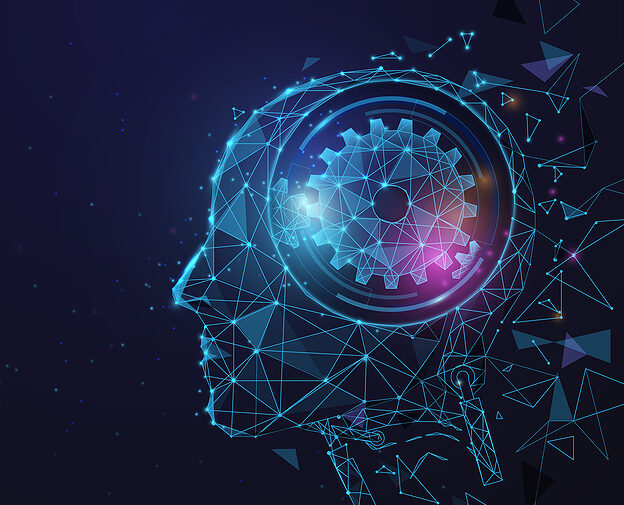A new age in the human experience on Earth is underway. It is an age of change as profound — and possibly more so — than the Industrial Revolution, when the steam engine introduced the concept of post-animal labor, known as shaft horsepower.
Artificial intelligence in this new age is infiltrating all areas of human endeavor.
Some things will change totally, like work: It will end much menial work and a whole tranche of white-collar jobs. Some things it will enhance beyond imagination, like medicine and associated longevity.
Some AI will threaten, some it will annihilate.
It will test our understanding of the truth in a post-fact world. The veracity of every claim will be subject to investigation, from what happened in history to current election results.
At the center of the upheaval in AI is electricity. It is the one essential element — the obedient ingredient — for AI. Electricity is essential for the computers that support AI. However, AI is putting an incalculable strain on the electric supply.
At its annual meeting, the U.S. Energy Association learned that a search on Google today uses a tenth of the electricity as the same search on ChatGPT. Across the world, data centers are demanding an increasing supply of uninterruptible electricity 24/7. Utilities love this new business but fear they won’t be able to service it going forward.
Fortunately, AI is a valuable tool for utilities, and they are beginning to employ it increasingly in their operations, from customer services to harnessing distributed resources in what are called virtual power plants, to things such as weather prediction, counting dead trees for fire suppression, and mapping future demand.
Electricity is on the verge of a new age. And new technologies, in tandem with the relentless growth in AI, are set to overhaul our expectations for electricity generation and increase demand for it.
Fusion power, small modular reactors, viable flexible storage in the form of new battery technology and upgraded old battery technology, better transmission lines, and doubling the amount of power that can be moved from where it is made to where it is desperately needed are all on the horizon, and will penetrate the market in the next 10 years.
Synchronizing new demand with new supply has yet to happen, but electricity provision is on the march as inexorably as is AI. Together, they hold the keys to a new human future.
A new book by Omar Hatamleh, a gifted visionary, titled “This Time It’s Different,” lifts the curtain on AI. Hatamleh, chief AI officer for NASA’s Goddard Space Flight Center in Greenbelt, Md., says, “This time, it truly is different. … Witness AI’s awakening, revealing its potential for both awe-inspiring transformation and trepidation.”
Hatamleh organized NASA’s first symposium on AI on June 11 at Goddard. Crème de la crème in AI participants came from OpenAI, Google, Microsoft, Nvidia, Qantm AI, Boeing and JP Morgan.
The consensus view was, to my mind, optimistically expressed by Pilar Manchon, Google’s senior director of AI, who said she thought this was the beginning of humankind’s greatest adventure. The very beginning of a new age.
A bit of backstage criticism was that the commercial pressure for the tech giants to get to market with their generative AI products has been so great that they have been releasing them before all the bugs have been ironed out — hence some of the recent ludicrous search results, like the one from this question, “How do you keep the cheese on pizza?” The answer, apparently, was with “glue.”
However, everyone agreed that these and other hallucinations won’t affect the conquering march of AI.
Government regulation? How do you regulate something that is metamorphosing second by second?
A word about Hatamleh: I first met him when he was chief engineering innovation officer at NASA in Houston. He was already thinking about AI in his pursuit of off-label drugs to treat diseases and his desire to cross-reference data to find drugs and therapies that worked in one situation but hadn’t been tried in another, especially cancer. This is now job No. 1 for AI.
During COVID, he wrangled 73 global scientists to produce a seminal report in May 2020, “Never Normal,” which predicted with eerie accuracy how COVID would affect how we work, play and socialize, and how life would change. And it has. A mere foretaste of AI?


